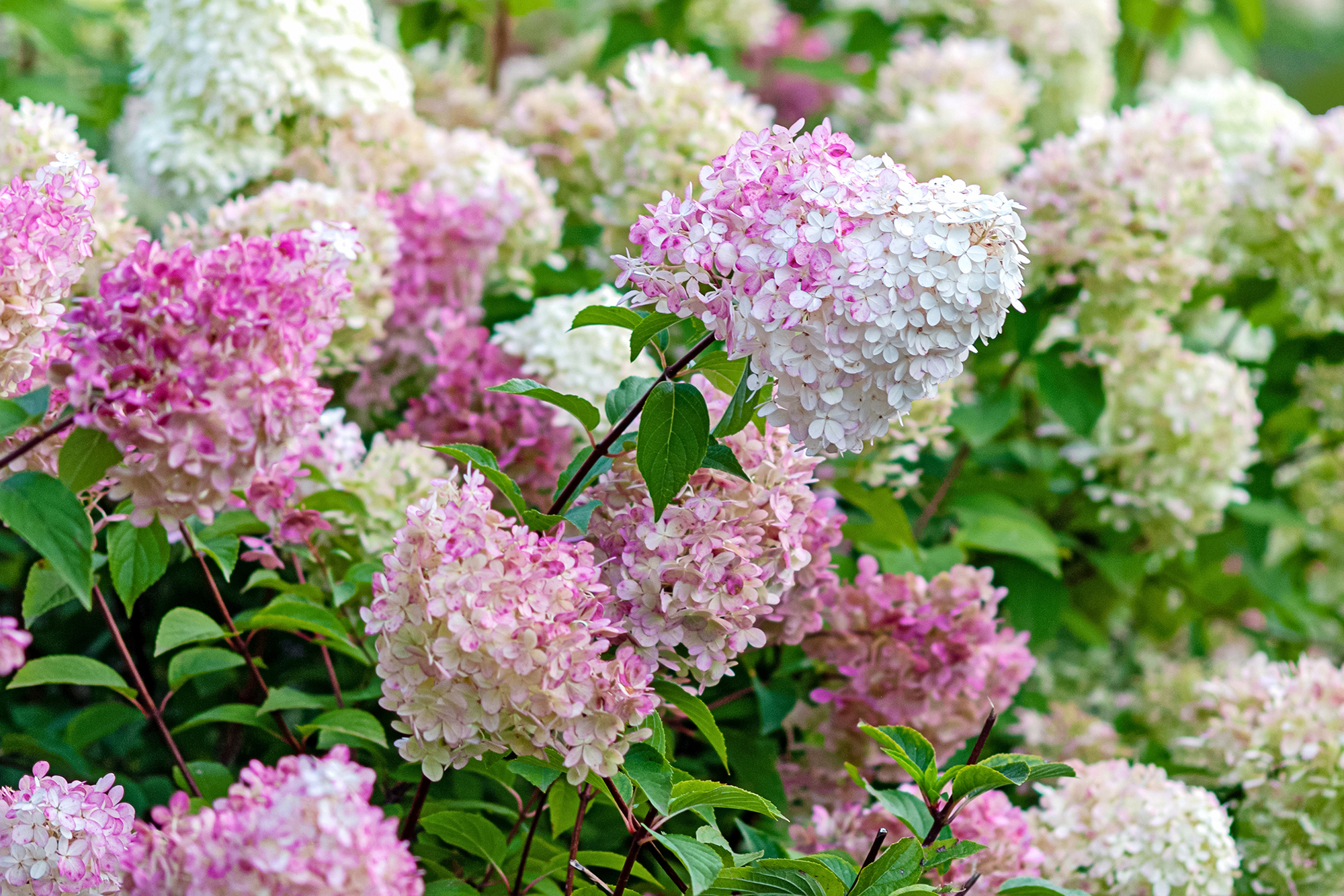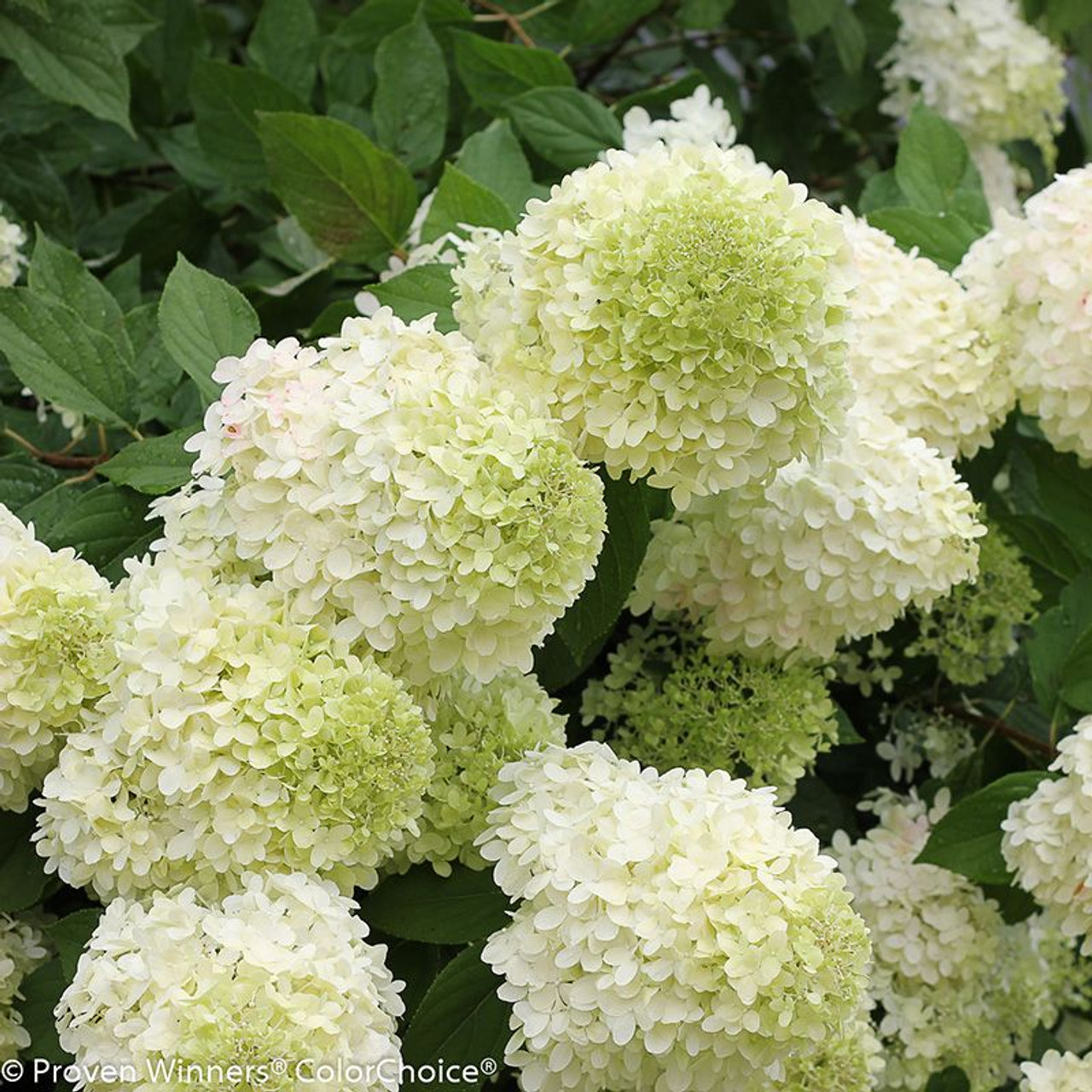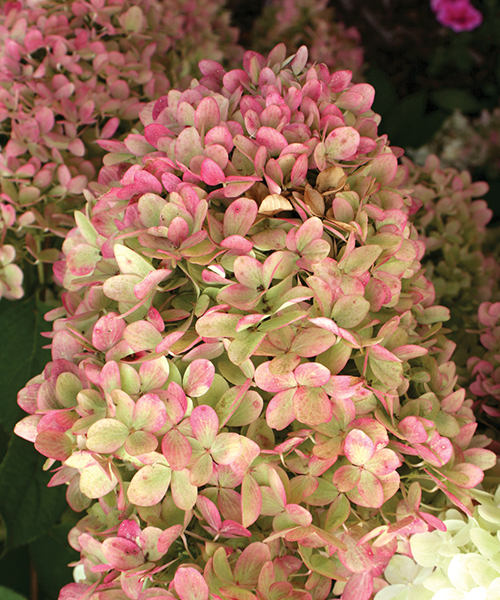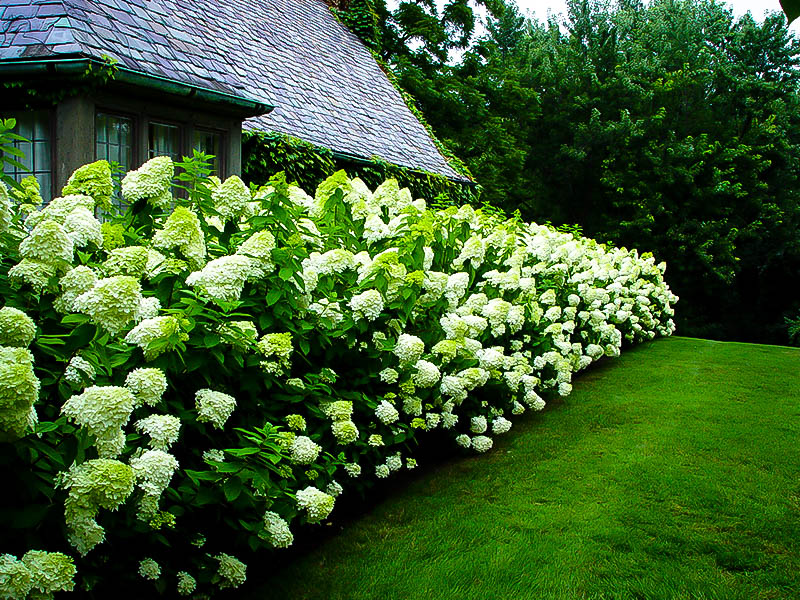Limelight Hydrangea Bush: The Ultimate Guide To Planting Growing And Caring For This Beautiful Shrub
Title: Limelight Hydrangea Bush: The Ultimate Guide to Planting, Growing, and Caring for This Beautiful Shrub
Introduction:
Limelight hydrangea is a popular shrub that is known for its large, cone-shaped flowers. The flowers start out lime green and gradually change color to creamy white, pink, and red as they mature. Limelight hydrangeas are relatively easy to care for and can be grown in a variety of climates.
In this blog post, we will provide an overview of everything you need to know about planting, growing, and caring for limelight hydrangeas. We will cover topics such as:
- Choosing the right location
- Preparing the soil
- Planting the shrub
- Watering and fertilizing
- Pruning
- Pests and diseases
Main Content:
Choosing the right location
Limelight hydrangeas prefer full sun to partial shade. They will tolerate full sun in cooler climates, but they may need some afternoon shade in warmer climates. The soil should be well-drained and rich in organic matter.
Preparing the soil
Before planting, amend the soil with compost or other organic matter. This will help to improve drainage and provide the shrub with nutrients. The soil pH should be between 5.5 and 6.5.
Planting the shrub
Limelight hydrangeas should be planted in the spring or fall. Dig a hole that is twice as wide and as deep as the root ball. Place the shrub in the hole and backfill with soil. Water the shrub well.
Watering and fertilizing
Limelight hydrangeas need regular watering, especially during the first year after planting. Once the shrub is established, it will need less water. Fertilize the shrub in the spring and fall with a balanced fertilizer.
Pruning
Limelight hydrangeas should be pruned in the spring, after the flowers have faded. Prune the shrub by removing any dead, diseased, or damaged branches. You can also prune the shrub to shape it or to control its size.
Pests and diseases
Limelight hydrangeas are relatively pest- and disease-free. However, they can be susceptible to aphids, mites, powdery mildew, and leaf spot. If you see any pests or diseases, treat them immediately with an appropriate pesticide or fungicide.
Conclusion
Limelight hydrangeas are beautiful and easy-care shrubs that can add a touch of elegance to any garden. With proper care, they will thrive for many years to come.
If you're interested in learning more about limelight hydrangea bushes, I recommend visiting Garden Wiki. This website has a wealth of information about the plant, including its care requirements, planting instructions, and troubleshooting tips. You can also find photos of limelight hydrangeas in bloom, which will give you a good idea of what to expect when you plant one in your own garden.
FAQ of limelight hydrangea bush
- Q: What is a limelight hydrangea bush?
A limelight hydrangea bush is a type of panicle hydrangea that is known for its large, cone-shaped flowers. The flowers start out lime green in color and then gradually fade to pink, red, or burgundy as they age. Limelight hydrangeas are hardy in USDA zones 3-9 and can grow up to 6-8 feet tall and wide. They are a popular choice for landscaping because they are easy to care for and have a long bloom period.
- Q: How do I care for a limelight hydrangea bush?
Limelight hydrangeas need full sun to partial shade and well-draining soil. They should be watered regularly, especially during hot, dry weather. In the spring, you can fertilize your limelight hydrangea with a balanced fertilizer. To encourage new growth and blooms, you should prune your limelight hydrangea in the late winter or early spring.
- Q: What are some common problems with limelight hydrangea bushes?
Some common problems with limelight hydrangea bushes include:
* Leaf spots: Leaf spots are caused by a variety of fungi and can lead to leaf drop. To prevent leaf spots, water your limelight hydrangea regularly and avoid overhead watering.
* Pests: Limelight hydrangeas can be susceptible to a variety of pests, including aphids, scale, and spider mites. To control pests, you can use insecticidal soap or neem oil.
* Drought stress: Limelight hydrangeas are susceptible to drought stress. If your limelight hydrangea is not getting enough water, the leaves will wilt and the flowers will fall off.
- Q: How do I propagate a limelight hydrangea bush?
Limelight hydrangeas can be propagated from softwood cuttings taken in the summer or from hardwood cuttings taken in the winter. To take a softwood cutting, cut a 4-6 inch section of stem from the plant and remove the bottom leaves. Dip the cutting in rooting hormone and plant it in a pot of moist potting mix. To take a hardwood cutting, cut a 6-8 inch section of stem from the plant and remove the leaves from the bottom half. Dip the cutting in rooting hormone and plant it in a pot of moist potting mix.








Post a Comment for "Limelight Hydrangea Bush: The Ultimate Guide To Planting Growing And Caring For This Beautiful Shrub"